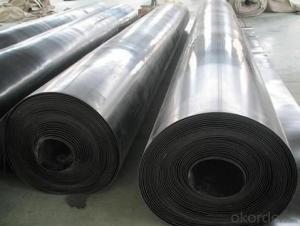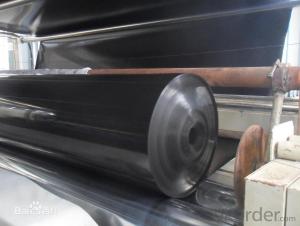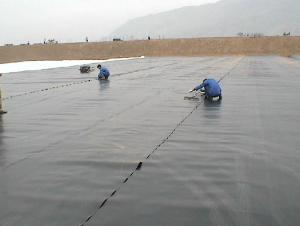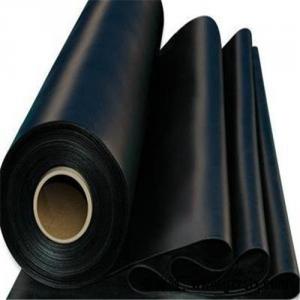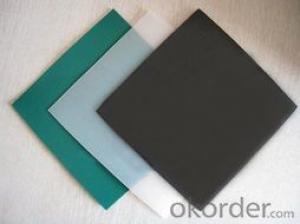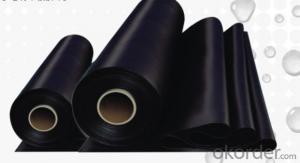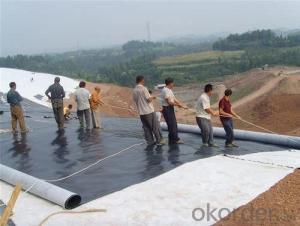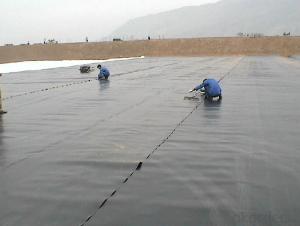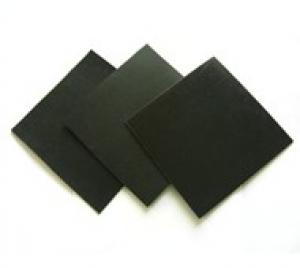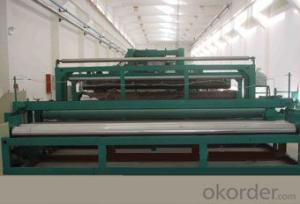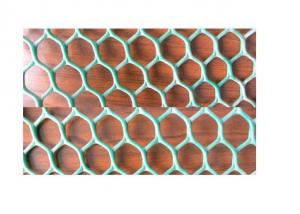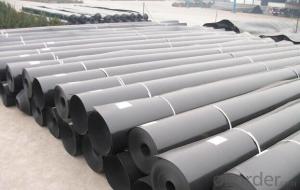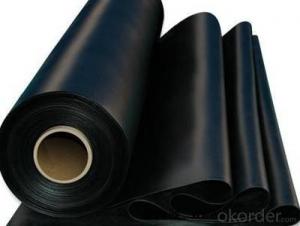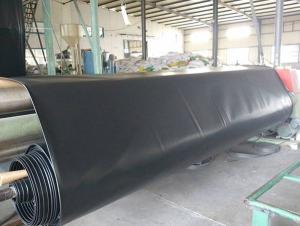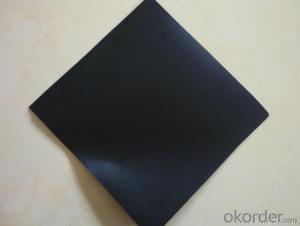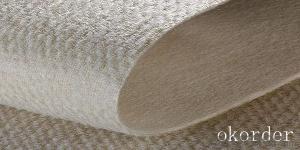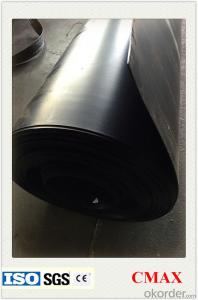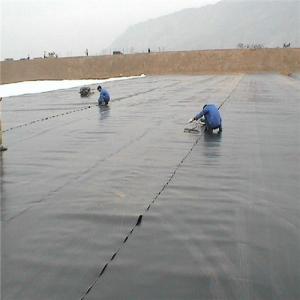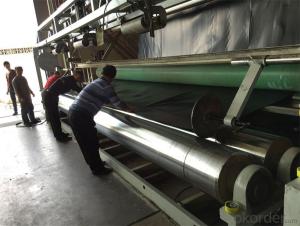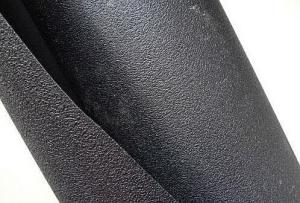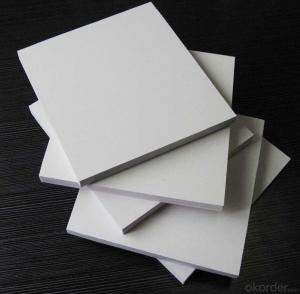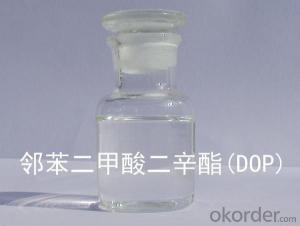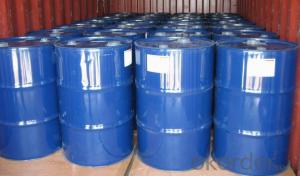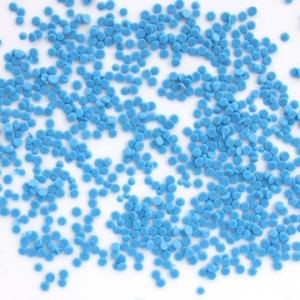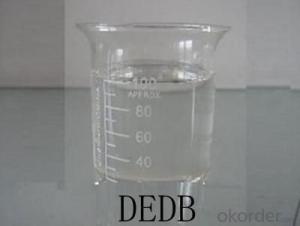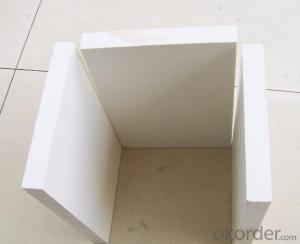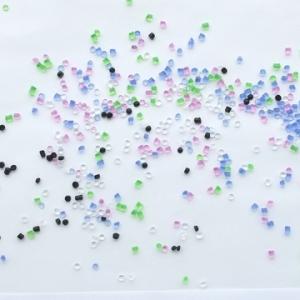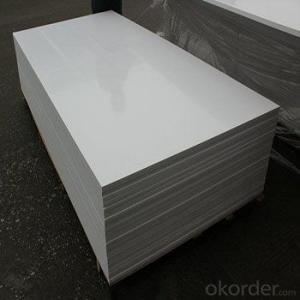Geomembrane Hdpe
Geomembrane Hdpe Related Searches
Geomembrane In Hdpe Geomembrana Hdpe Hdpe Geomembrane Machine Geomembran Hdpe Gse Hdpe Geomembrane Hdpe Geomembrana Wholesale Geomembrane Hdpe Hdpe Membrane Hdpe Textured Geomembrane Wholesale Hdpe Geomembrane Hdpe Geomembrane China Geomembrana De Hdpe Hdpe Geomembrane Installation Hdpe Smooth Geomembrane Hdpe Geomembrane Specifications Geomembrana In Hdpe Hdpe Geomembrane Welding Reinforced Hdpe Geomembrane Kolam Geomembrane Hdpe Hdpe Geomembrane Sheet Jual Geomembrane Hdpe Hdpe Applicazioni Geomembrane Solmax Geomembrane Hdpe Hdpe Geomembrane Factories Daftar Harga Geomembrane Hdpe Hdpe Geomembrane Hs Code Wholesale Hdpe Geomembrana Hdpe Geomembrane Price Hdpe Geomembrane Cost Solmax Hdpe GeomembraneGeomembrane Hdpe Supplier & Manufacturer from China
Geomembrane HDPE, which stands for High-Density Polyethylene, is a type of flexible waterproofing material that is widely recognized for its durability and resistance to various environmental factors. This product is made from high-quality polyethylene resin, ensuring that it remains stable and effective over an extended period. HDPE geomembranes are engineered to provide a robust barrier against water, chemicals, and other contaminants, making them an ideal choice for a variety of applications.The application and usage scenarios of Geomembrane HDPE are vast, as it is utilized in various industries such as waste management, mining, agriculture, and construction. It is commonly used for lining landfills, reservoirs, ponds, and canals to prevent leakage and contamination. Additionally, HDPE geomembranes are employed in the construction of water treatment facilities, fish farms, and irrigation systems, where their impermeable properties help maintain water quality and prevent seepage. The versatility of this product makes it a popular choice for projects that require reliable containment and protection against environmental hazards.
Okorder.com is a leading wholesale supplier of Geomembrane HDPE, boasting a large inventory that caters to the diverse needs of various industries. As a reputable supplier, Okorder.com ensures that the HDPE geomembranes they provide meet the highest quality standards, offering customers a reliable and cost-effective solution for their waterproofing and containment requirements. By partnering with Okorder.com, customers can be confident that they are receiving top-tier products that will stand up to the demands of their specific applications.
Hot Products


